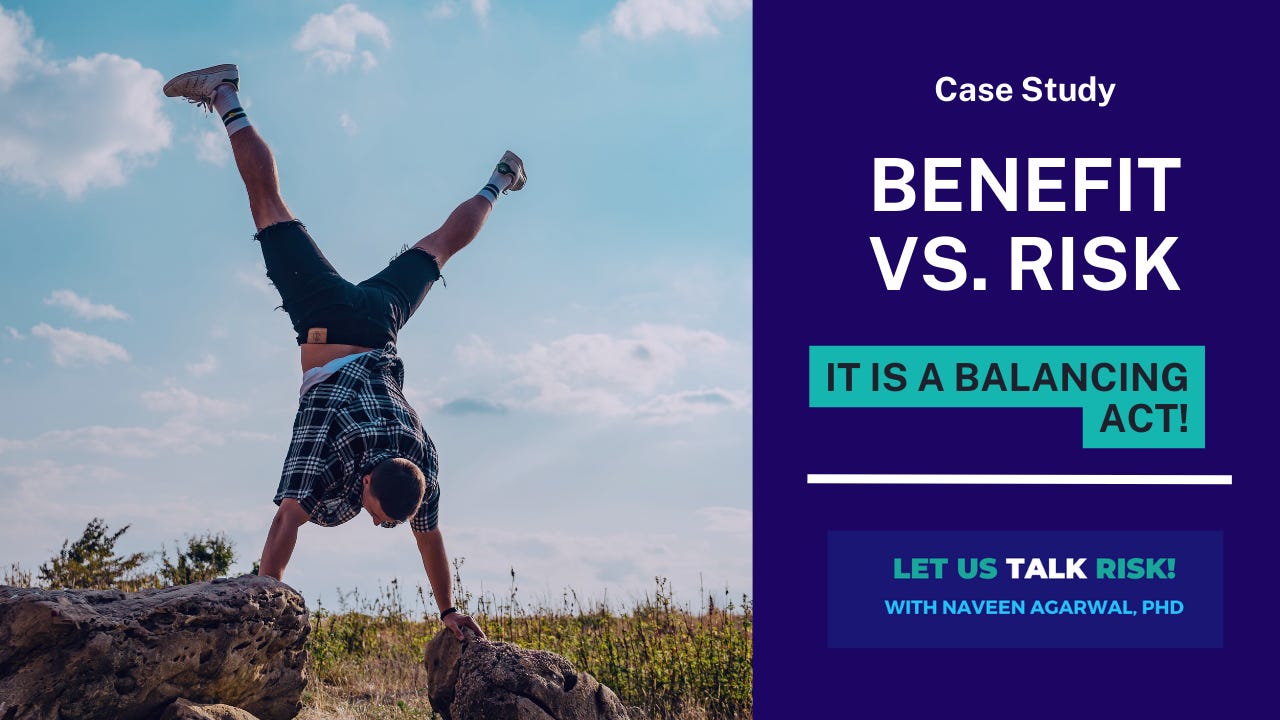Case Study: When benefit-risk falls below expectations despite solid clinical data
To be judged as safe and effective by regulatory authorities, benefits of a medical device must outweigh risk, and must provide clinically significant results to a large proportion of target patients.
Imagine you have earned the coveted Breakthrough Device1 designation from the US FDA for your device that aims to treat a difficult medical condition using an innovative technological approach.
You have spent millions of dollars in design, development, testing and clinical trials. The device already has a CE mark in the European Union, and it is approved and used in 70 countries worldwide. Data from multiple clinical trials, and real-world data (RWD) from a global registry show a statistically significant and clinically meaningful therapeutic effect with a very low rate of adverse events.
Given the nature of the unmet need, strong patient preference, and the results seen in clinical trials, you feel confident that you have a good case for receiving FDA approval.
Yet, an Advisory Committee Panel, which provides expert advice and recommendations to the FDA to facilitate approval decisions, concludes after reviewing your data that there is a lot of uncertainty regarding the magnitude of the benefit in a real-world population and durability of the treatment effect. As a result, you now face a possibility that the FDA may not approve your device, or may ask you to narrow the indication, and revise your labeling.
Yes, this can be a major disappointment and a huge setback to your business plan.
This is exactly what happened to Medtronic when the FDA’s Circulatory System Devices Panel judged their Symplicity Spyral(TM) renal denervation system intended for patients with uncontrolled hypertension to have only a modest clinical benefit, with a lot of uncertainty in large-scale, real-world use.
The case of this breakthrough device falling below expectations illustrates clearly that benefit-risk is a relative measure, not an absolute one. There is no formula or a standard to judge safety and effectiveness. Risk practitioners should realize that benefit-risk involves a lot of (clinical) judgement and plan to include a broad range of perspectives in their process.
Let us take a closer look.
Keep reading with a 7-day free trial
Subscribe to Let's Talk Risk! to keep reading this post and get 7 days of free access to the full post archives.





